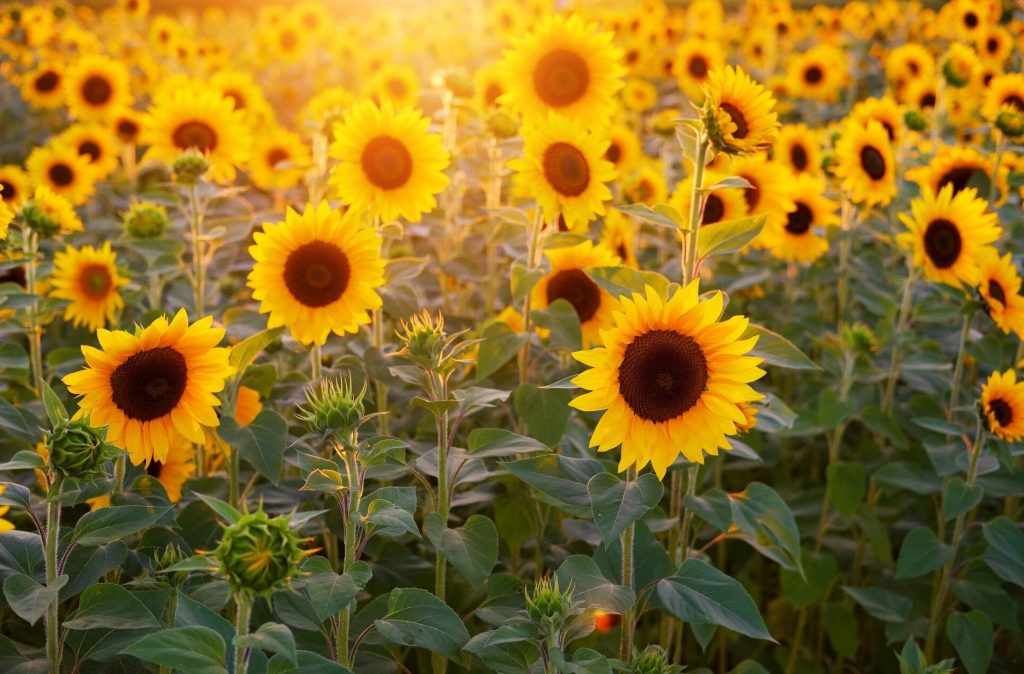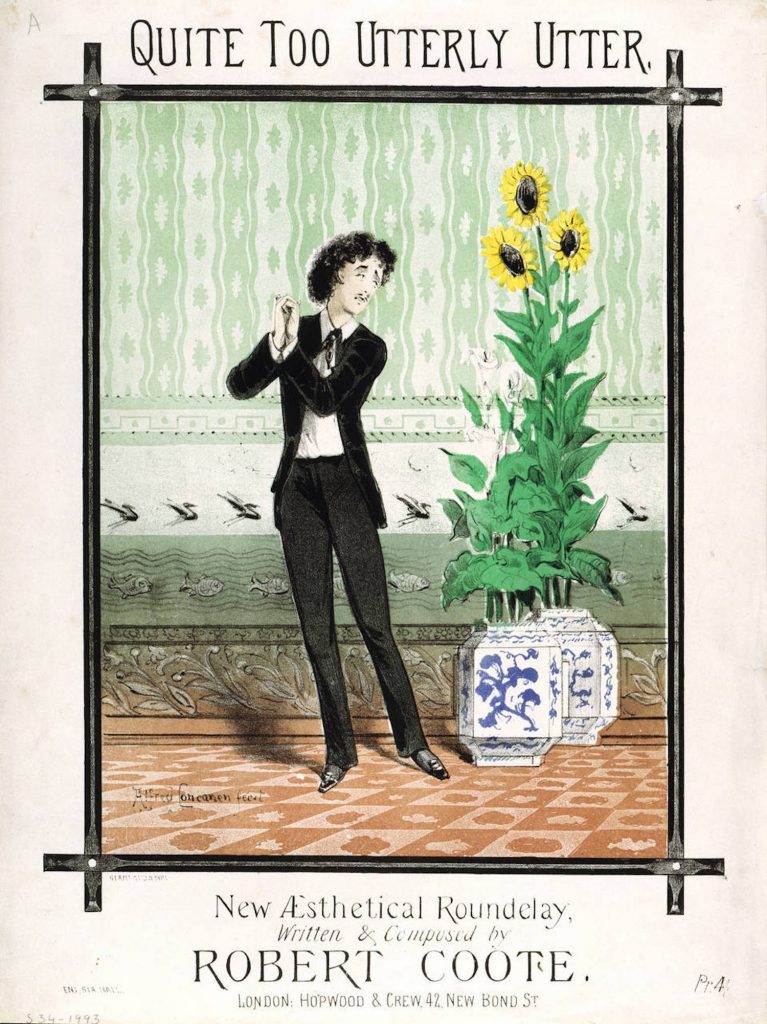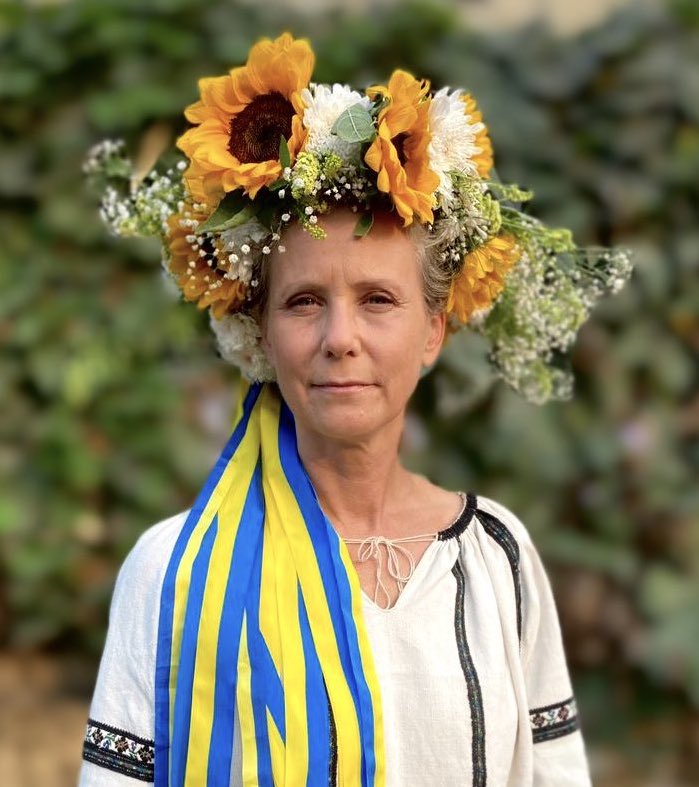The moment has come to sow seeds under glass, on a sunny windowsill or in a glasshouse, to be set out in May when the frosts are finally over — as we diehards in the Front Range sincerely hope! This year I’m determined to grow a flower that I previously was only half-hearted about growing: the sunflower. For its beauty and usefulness, surely the sunflower is one of the wonders of the natural world. Get up close to a flower so you can see that the seeds within the big black boss are arranged in a Fibonacci series, where each successive number is the sum of the previous two; when opportunity arises, observe a field of sunflowers turning their heads to track the sun as it crosses the sky; apart from the awesome beauty of a golden field of sunflowers, that simple act of nature is a unique experience.

Sunflowers have great economic and biophilic value: they provide forage and refuge for pollinators, while the petals make a pretty addition to a summer salad. Today, sunflower seeds are one of the most important, high-value crops in the world; the seeds provide a nutritious cooking oil (especially for those watching their cholesterol), and for engineering purposes, helping to keep the wheels of industry spinning.
Native to the American southwest, and there is evidence that indigenous people across what is now Arizona and New Mexico used the plants, the sunflower was brought to Europe by returning Spanish adventurers in the early 16th century. It was soon adopted by gardeners throughout western Europe as a New World novelty, to eventually be developed as an agricultural crop after being introduced to Russia in the 1700s by Czar Peter the Great.

Eventually, if not inevitably, the sunflower returned to its native ground, to receive an abrupt uptick in its popularity as a fashion-statement; in 1882, the Dublin-born playwright, poet and darling of the Aesthetic movement toured the major cities of the USA, delivering talks on art, design and fashion and interior décor, as practiced in England specifically. He sailed to America on SS Arizona (appropriately enough) and audiences from Boston to San Francisco loved him or hated him for his louche elegance, delicate mannerisms, long hair and penchant for a well-turned bon mot. But many of them, especially young men and women in the thrall of this newly imported fashion, embraced Wilde’s look, and the sunflower as their emblem: that flower was, you see, one of the insignias of the Aesthetes, which also admired fragile blue and white china, Japanese fans, peacock feathers, and arum lilies. Waspish as ever, in an interview with the San Francisco Chronicle, Wilde confided that in his experience, he found the Eastern states, “…too much of a reflex of English manners and customs,” Wilde offered. “What I like best is the civilization which the people of the West have formed for themselves.”
Lately, this humble flower, once a favorite in old-fashioned cottage and farm gardens, has been getting a lot of notice, and there can be only a few people left who don’t know it’s the national flower of Ukraine, the world’s largest producer of sunflower seed. Last year it ranked #1, delivering some 17.5 million metric tons to world markets, Ukraine is also an equally impressive leader in sunflower oil production. Without that contribution to the global larder, global food poverty is predicted, particularly among populations already facing starvation.

But this wealth is not what gives soniashnyk its stature in Ukrainian life, where it’s been part of the horticultural scene since the mid-18th century at least. With its easy-going nature, it has sown itself into the fabric of the countryside and into folk customs. It has become a bright addition to contemporary vinok, the floral crowns now worn for any occasion, but which started out centuries ago as part of young bride’s wedding costume, a symbol of virtue and harmony. In 1996, the sunflower became most noticeably a symbol of peace when Ukraine surrendered its nuclear arsenal – the third largest in the world – a troublesome inheritance at the collapse of the Soviet Union. At the event marking the decommissioning, the defense ministers of the United States, Ukraine and Russia planted sunflowers at Ukraine’s Pervomaysk missile base, and life took root where death once lurked.
A quarter of a century later, sunflowers again played that role; in the opening weeks of the invasion of Ukraine by Russia, a grandmother reportedly put a handful of seeds in a Russian soldier’s pocket, telling him that where he fell on Ukraine soil, the sunflowers would grow.
©Ethne Clarke, 2022
For a wonderful collection of tried-and-trusted sunflower varieties, I recommend Seed Savers Exchange. Visit their sunflower seed selection.










